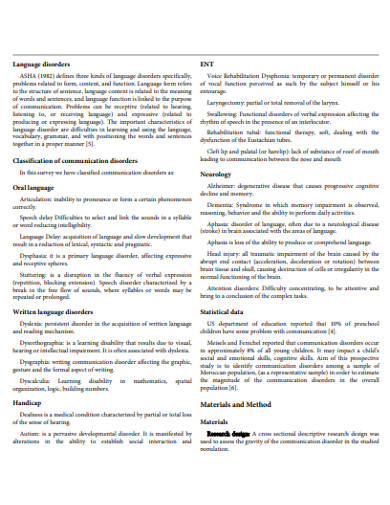

To quantitatively summarize the characteristics of raw, ungrouped data, we use the following types of descriptive statistics:įollowing the application of any of these approaches, the raw data then becomes ‘grouped’ data that’s logically organized and easy to understand. Take your research and subsequent analysis to the next level Types of descriptive statistics Ultimately, descriptive statistics make it incredibly easy for people to understand complex (or data intensive) quantitative or qualitative insights across large data sets. It doesn’t tell us anything about the difficulty of the courses the student is taking, or what those courses are, but it does provide a summary that enables a degree of comparison with people or other units of data. This single number describes the general performance of a student across a range of course experiences and classes. If they’re scoring one in four, that’s 0.250.Ī classic example is a student’s grade point average (GPA). If a striker is scoring 0.333, that’s one goal for every three shots. This number is simply the number of shots taken against how many of those shots hit the back of the net (reported to three significant digits). Examples of descriptive statisticsĬonsider for a moment a number used to summarize how well a striker is performing in football - goals scored per game. It’s also important to note that descriptive statistics can employ and use both quantitative and qualitative research.ĭescribing data is undoubtedly the most critical first step in research as it enables the subsequent organization, simplification and summarization of information - and every survey question and population has summary statistics. Then, after describing and summarizing the data, as well as using simple graphical analyses, we can start to draw meaningful insights from it to help guide specific strategies. Multivariate descriptive statistics: this is a subdivision of statistics encompassing the simultaneous observation and analysis of more than one outcome variable If you want to know more about statistics, methodology, or research bias, make sure to check out some of our other articles with explanations and examples.Want to find out the definitions? Univariate descriptive statistics: this is when you want to describe data with only one characteristic or attributeīivariate correlation: this is when you simultaneously analyze (compare) two variables to see if there is a relationship between them Rather than aiming to describe generalizable facts, case studies often focus on unusual or interesting cases that challenge assumptions, add complexity, or reveal something new about a research problem. Instead of gathering a large volume of data to identify patterns across time or location, case studies gather detailed data to identify the characteristics of a narrowly defined subject. Case studiesĪ case study can be used to describe the characteristics of a specific subject (such as a person, group, event or organization). Before you can develop testable hypotheses, models or theories, it’s necessary to observe and systematically describe the subject under investigation. Observation of physical entities and phenomena is also an important part of research in the natural sciences. This method is often used by psychological, social and market researchers to understand how people act in real-life situations. Observations allow you to gather data on behaviours and phenomena without having to rely on the honesty and accuracy of respondents. Evaluating satisfaction with a company’s products or an organization’s services.Gauging public opinion on political and social topics.Describing the demographics of a country or region.Survey research allows you to gather large volumes of data that can be analyzed for frequencies, averages and patterns. The research design should be carefully developed to ensure that the results are valid and reliable. non-probability samplingĭiscover proofreading & editing Descriptive research methodsĭescriptive research is usually defined as a type of quantitative research, though qualitative research can also be used for descriptive purposes.


 0 kommentar(er)
0 kommentar(er)
